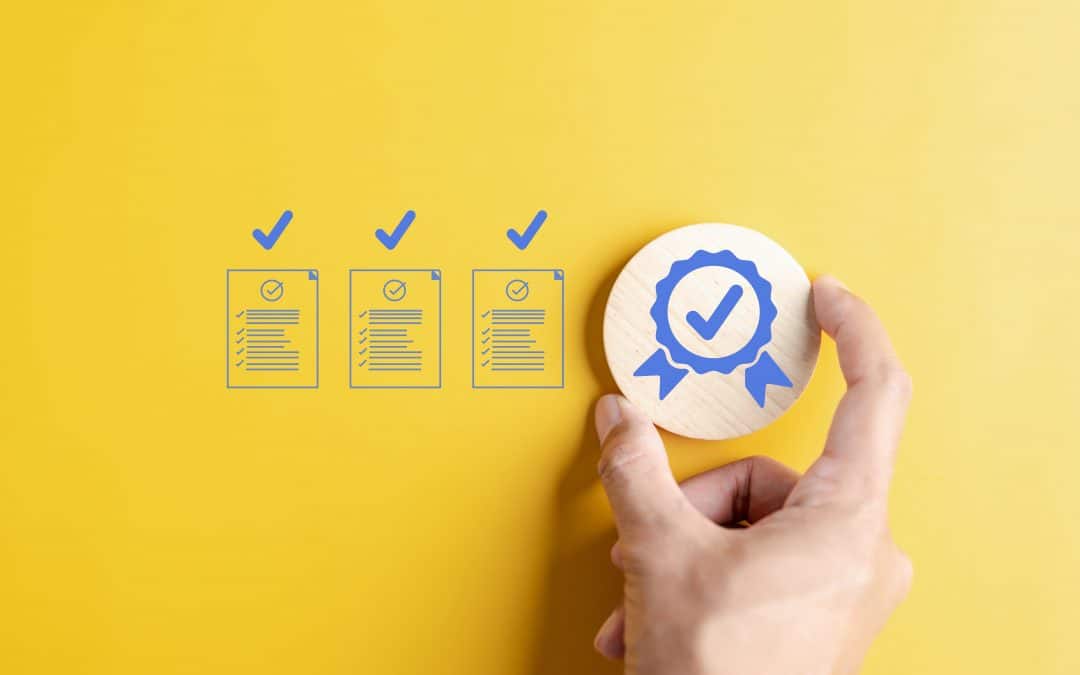Here are the key steps to prepare for and conduct an effective audit, ensuring sustainable compliance and optimized data management.
Understanding GDPR Compliance Audits
The GDPR imposes strict obligations on companies regarding the collection, processing, and protection of personal data. Non-compliance can lead to financial penalties of up to €20 million or 4% of the company’s global annual revenue, as well as damage to its reputation. Given these risks, a GDPR compliance audit is a strategic tool to ensure data security and adherence to individuals’ rights.
A GDPR audit is a systematic evaluation of an organization’s data processing practices to verify compliance with the regulation’s requirements. It encompasses all aspects related to the collection, storage, use, and security of personal data. The goal is to identify gaps, prioritize corrective actions, and ensure the company fully respects individuals’ rights, such as access, rectification, or deletion of their data.
An audit reduces the risk of administrative and legal sanctions by ensuring ongoing compliance. It also enhances transparency and strengthens client and partner trust in the organization. Furthermore, it can uncover inefficiencies in data management, offering opportunities to optimize internal processes.
Preparing for the Audit: Rigorous Organization
Proper preparation is a crucial factor for a successful audit. The first step is to designate a person or team responsible for the project, typically the Data Protection Officer (DPO) or a dedicated manager. This person must coordinate actions, oversee the collection of necessary information, and ensure smooth communication among stakeholders. They also serve as a key contact for the auditor.
For example, a small or medium-sized enterprise (SME) might assign its IT manager as the GDPR project coordinator, leveraging their knowledge of the company’s digital tools and easy access to critical data.
Mapping Data Processing: A Vital Step
To successfully conduct a GDPR compliance audit, it is crucial to have precise knowledge of the data being collected, its sources, its purposes, and its retention periods. This mapping process provides an overview of data flows within the organization, including interactions with subcontractors or partners.
Collected data should be categorized, such as client data, employee data, or supplier data. Each category must be associated with clear purposes (e.g., tracking customer orders, payroll for employees).
Gathering Necessary Documentation: A Central Task
A primary objective of a GDPR audit is to verify the completeness and updating of mandatory documents. Key items to compile include:
- The register of processing activities.
- Privacy policies provided to clients and employees.
- Contracts with subcontractors that include GDPR clauses.
- Internal procedures for managing incidents and data breaches.
These documents must be up-to-date and readily accessible to avoid delays during the audit. If certain elements are missing, they must be prepared beforehand.
Training and Raising Awareness Among Employees
Employees play a critical role in GDPR compliance. Human errors, such as sending a file containing personal data to the wrong recipient, can have serious consequences. To mitigate these risks, it is crucial to train all staff, not just IT managers.
Training sessions should include practical scenarios, such as:
- Recognizing phishing emails.
- Handling a client’s request for data access or deletion.
- Responding to a data breach.
The company can even simulate incidents, such as a cyberattack attempt, to test team responsiveness.
Conducting the Audit and Analyzing Results
During the audit, auditors will analyze provided evidence and conduct interviews with relevant teams. They will also examine systems and tools to ensure compliance with GDPR requirements, such as securing sensitive data through encryption or pseudonymization.
At the end of the audit, a final report is presented, detailing:
- Compliant areas.
- Identified gaps.
- Recommendations for addressing deficiencies.
This report should be treated as a roadmap to improve the company’s compliance.
Maintaining Continuous Compliance: A Necessity
A successful audit is just one step. GDPR compliance requires ongoing monitoring to remain aligned with initial requirements. This includes periodic updates to the processing register, reviewing contracts with subcontractors, and revising internal processes. Companies must also be prepared to respond quickly to inspections by the supervisory authority, such as France’s CNIL, which can request compliance verification at any time. Additionally, technological advances, like the introduction of AI tools, necessitate heightened vigilance to ensure they respect individuals’ rights.
Preparing for and successfully conducting a GDPR compliance audit demands investment in time and resources, but it is essential for mitigating legal risks, protecting the company’s reputation, and strengthening stakeholder trust.
By adopting a structured approach and integrating compliance into the company’s culture, organizations can turn this legal obligation into an opportunity for continuous improvement. Following these key steps will not only enable successful audits but also ensure sustainable and responsible management of personal data, contributing to stronger relationships with clients and partners.
To go further, find out how our deepeo software solution can help you with its features

Data Deletion
Deletes all data for any data subject you no longer have a business or legal reason to hold.
Data Anonymiser
Perform the same operations as the data deletion, but anonymise a data subject’s data as opposed to deleting it.
